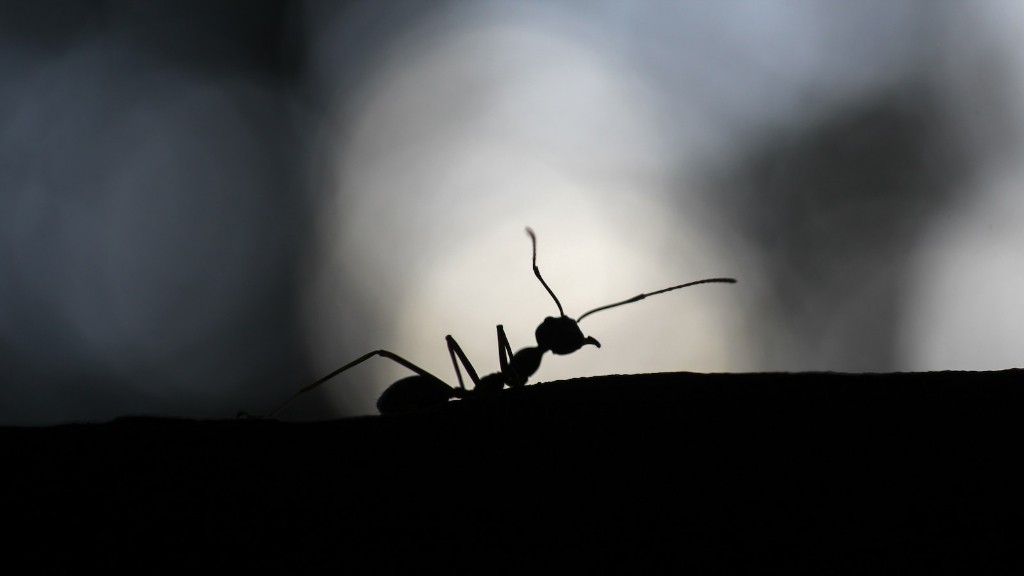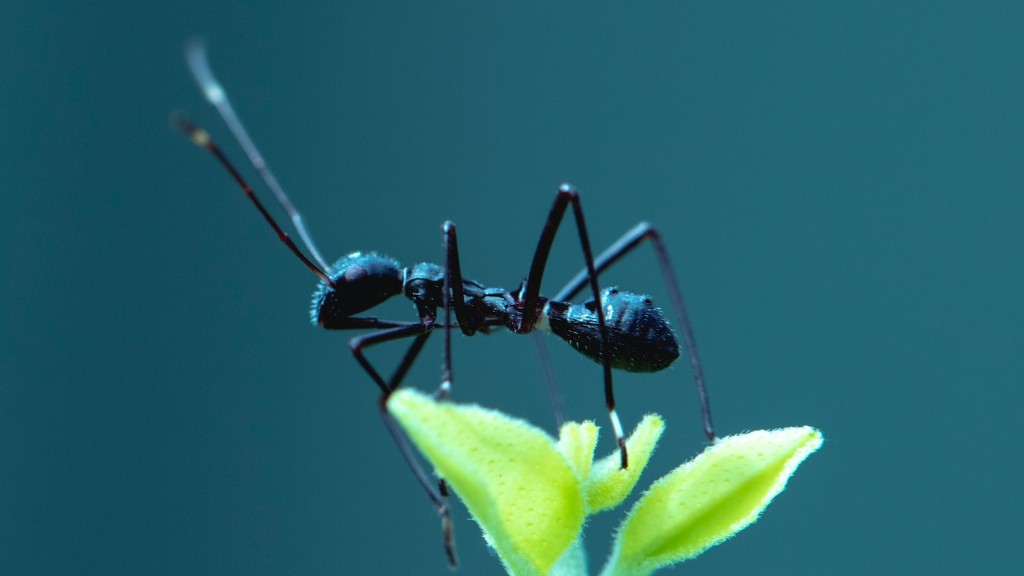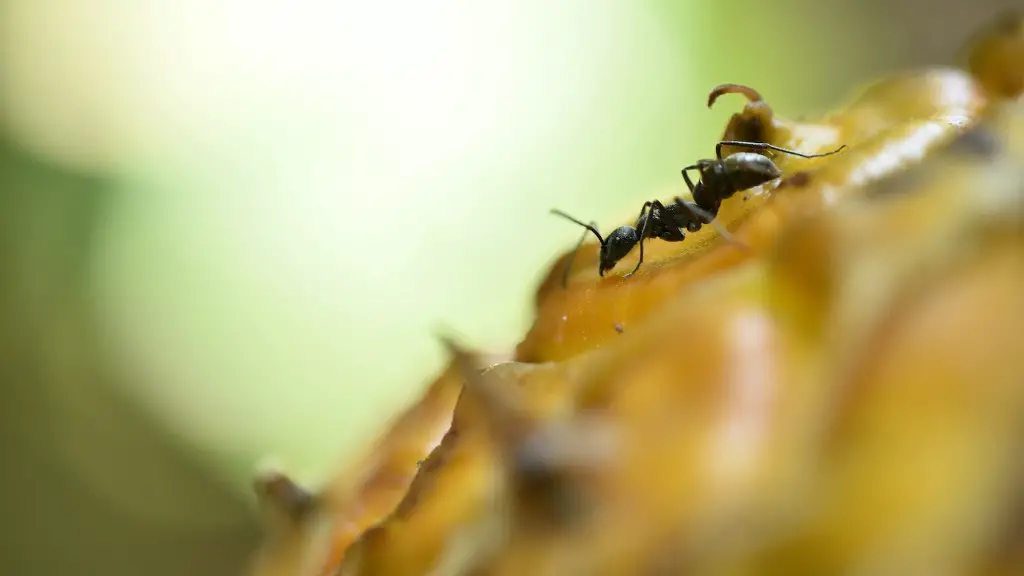Introduction
Argentine ants are small in size but can cause a lot of trouble when they show up in your home or garden. These invasive ants can ruin your plants, wreak havoc in your lawn, and contaminate food. But there are ways to rid your home of these ants without using harsh or toxic chemicals. With some patience and perseverance, you can get rid of Argentine ants without exposing yourself and your loved ones to harmful chemicals.
Identifying Argentine Ants
Argentine ants have a distinctive smell and appearance that helps to identify them. They usually measure between 1/8 and 1/16 of an inch long, are light brown in color, and give off a offensive smell of rotten coconut. In addition to this, Argentine ants tend to swarm in large numbers and are attracted to sweet food.
Prevent Infestations
The best way to prevent infestations is to keep Argentine ants away in the first place. Make sure to seal all potential entry points, such as cracks or crevices around the foundation of your home. Keep food sealed in airtight containers and dispose of trash often. It’s also important to maintain your lawn, as argentine ants love to live in tall grass, weeds, and other plants.
Using Natural Repellents
Natural repellents can help to keep Argentine ants away from your home. Diatomaceous earth, which is made from the crushed shells of tiny aquatic organisms, can act as a natural insect repellent. Sprinkle the powder around the baseboards, around plants, and around food items. Coffee grounds can also be sprinkled around your home, as ants don’t like their smell.
Boiling Water
Many people have had success with using boiling water to get rid of Argentine ants. Boil a pot of water and carefully pour it over the ant hills where the Argentine ants are located. The boiling water will kill the ants and their eggs.
Bait Stations
Bait stations can also be used to get rid of Argentine ants. Place bait stations around the areas where you’ve spotted the ants and monitor them for several days. When the bait stations are full of ants, you can remove them. This method should help to reduce the ant population in your home over time.
Boric Acid
Boric acid is another effective and non-toxic way to get rid of Argentine ants. Mix one teaspoon of boric acid with one cup of sugar and mix it with enough water to make a syrup. Place the sticky mixture near the ant hills and near areas where you’ve seen Argentine ants. The ants will be attracted to the bait, ingest the mixture and die.
Essential Oils
Essential oils, such as peppermint, lemon, eucalyptus, and tea tree, can act as natural repellents for Argentine ants. Mix a few drops of these essential oils with some water and pour the mixture into a spray bottle. Spray it around areas where you’ve seen Argentine ants and repeat every few days.
Traps
Traps are an effective and non-toxic way to get rid of Argentine ants. A jar or container with a lid, filled with water and some honey or sugar can help to trap the ants. Make sure to place the container in an area where you’ve noticed Argentine ants. The ants will be attracted to the sugary mixture, enter the jar and drown.
Eliminating Nest Infestations
When eliminating nest infestations, it’s important to take the time to locate the nest. Argentine ants usually have multiple nesting sites, so make sure to look in all possible areas. Once you’ve located the nest, use boiling water or insecticidal dust to destroy it.
Conclusion
Argentine ants can be difficult to get rid of, but with patience and perseverance, you can successfully rid your home of these invasive ants without resorting to harsh or toxic chemicals. With the right techniques and tools, it’s possible to effectively get rid of Argentine ants without endangering yourself or your loved ones.


